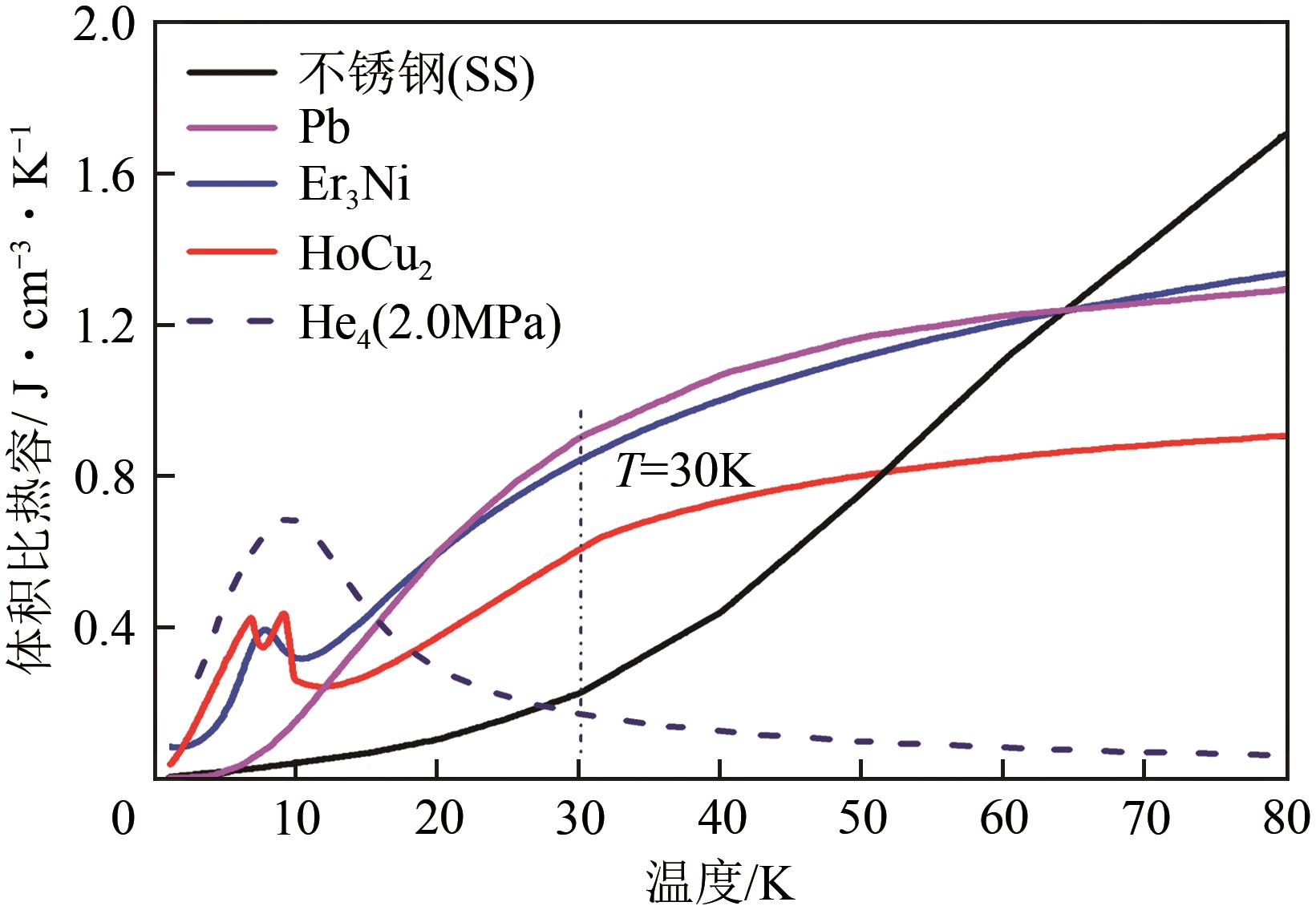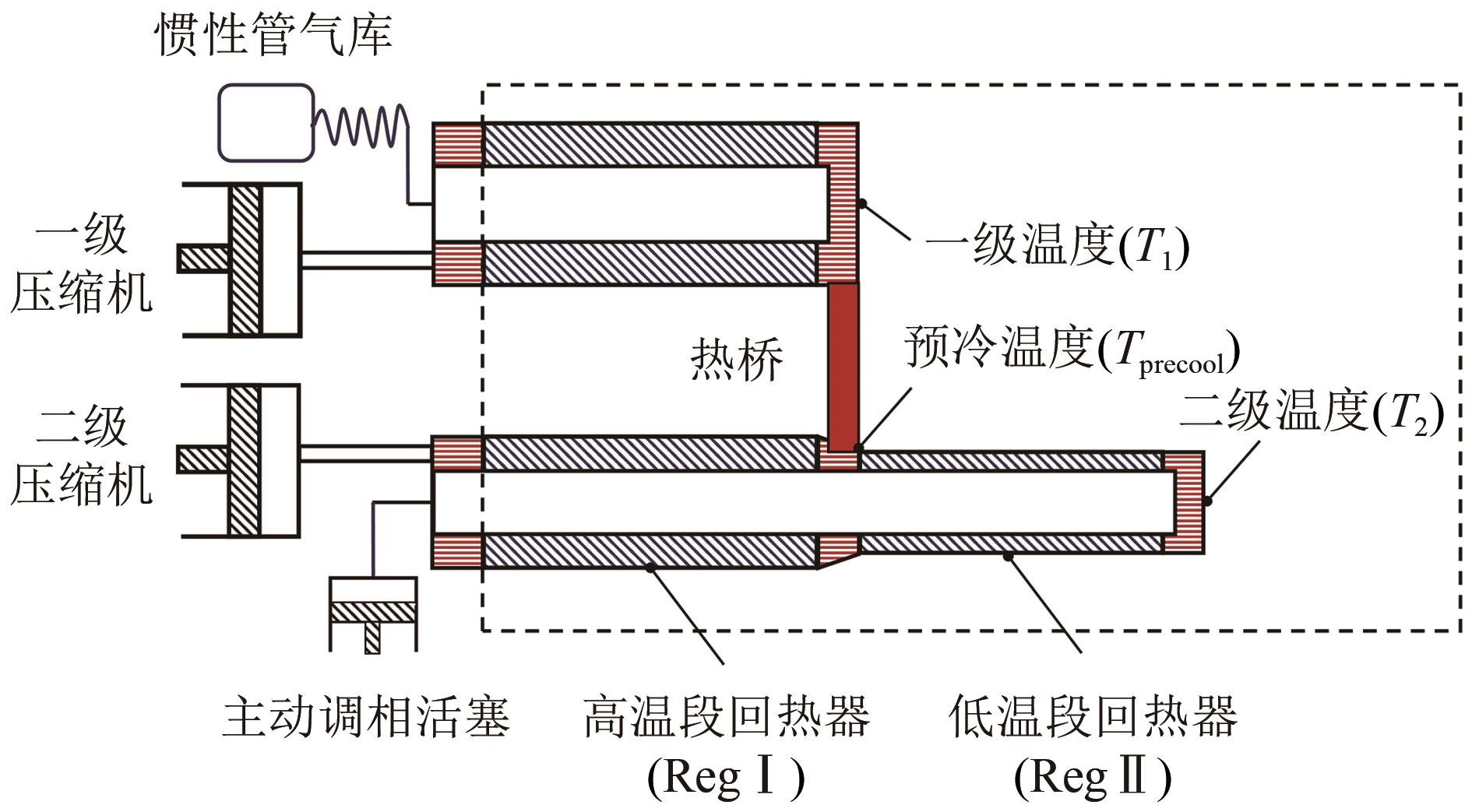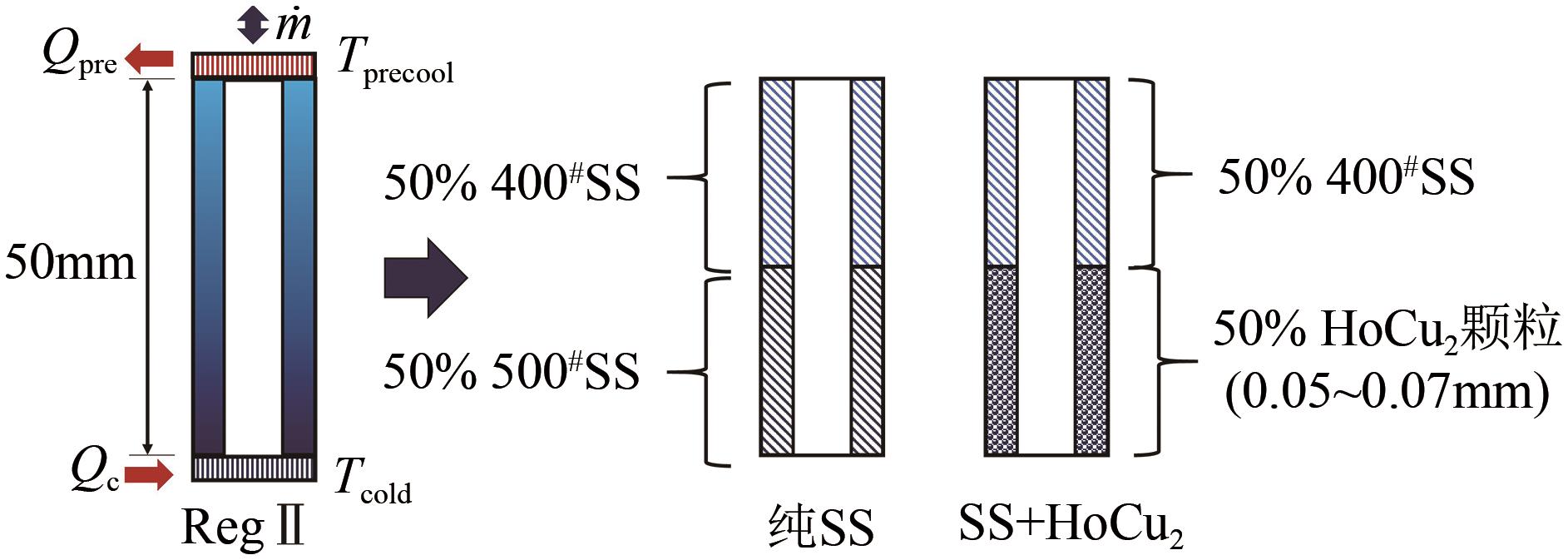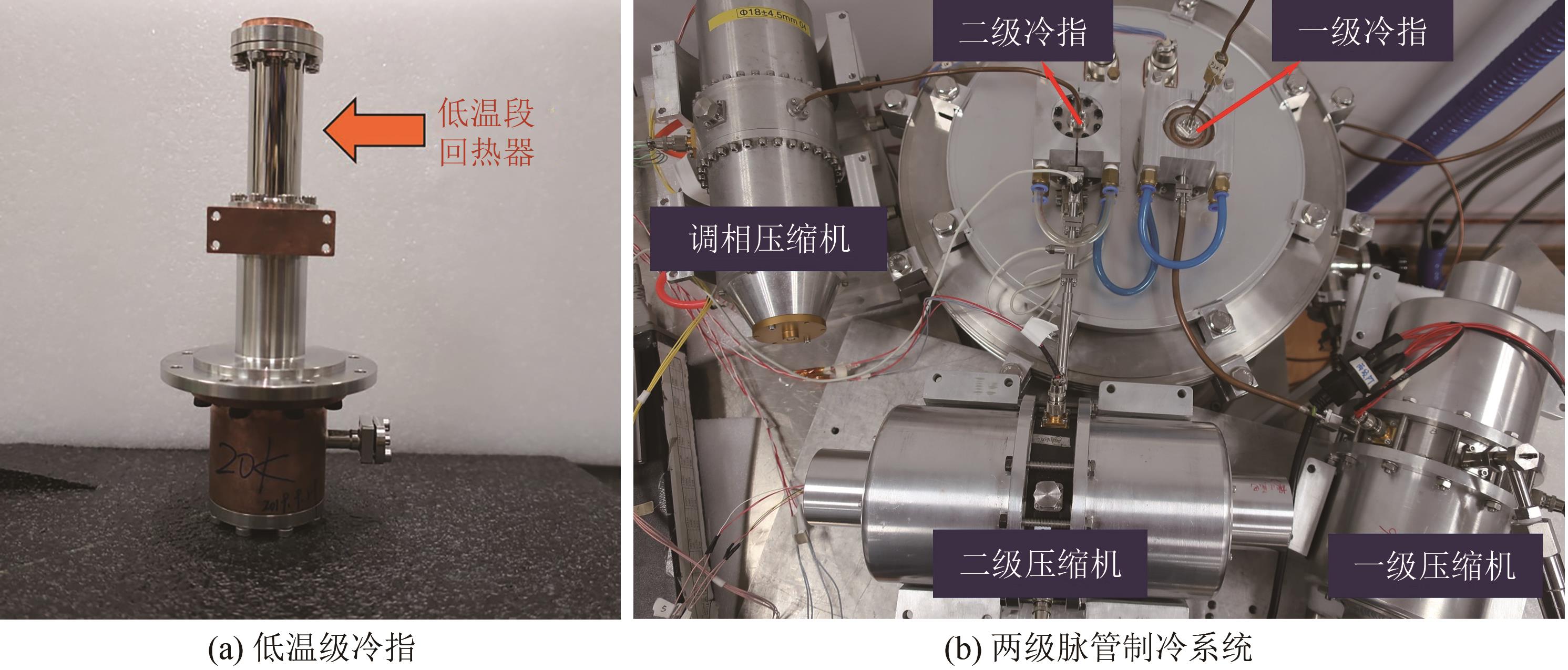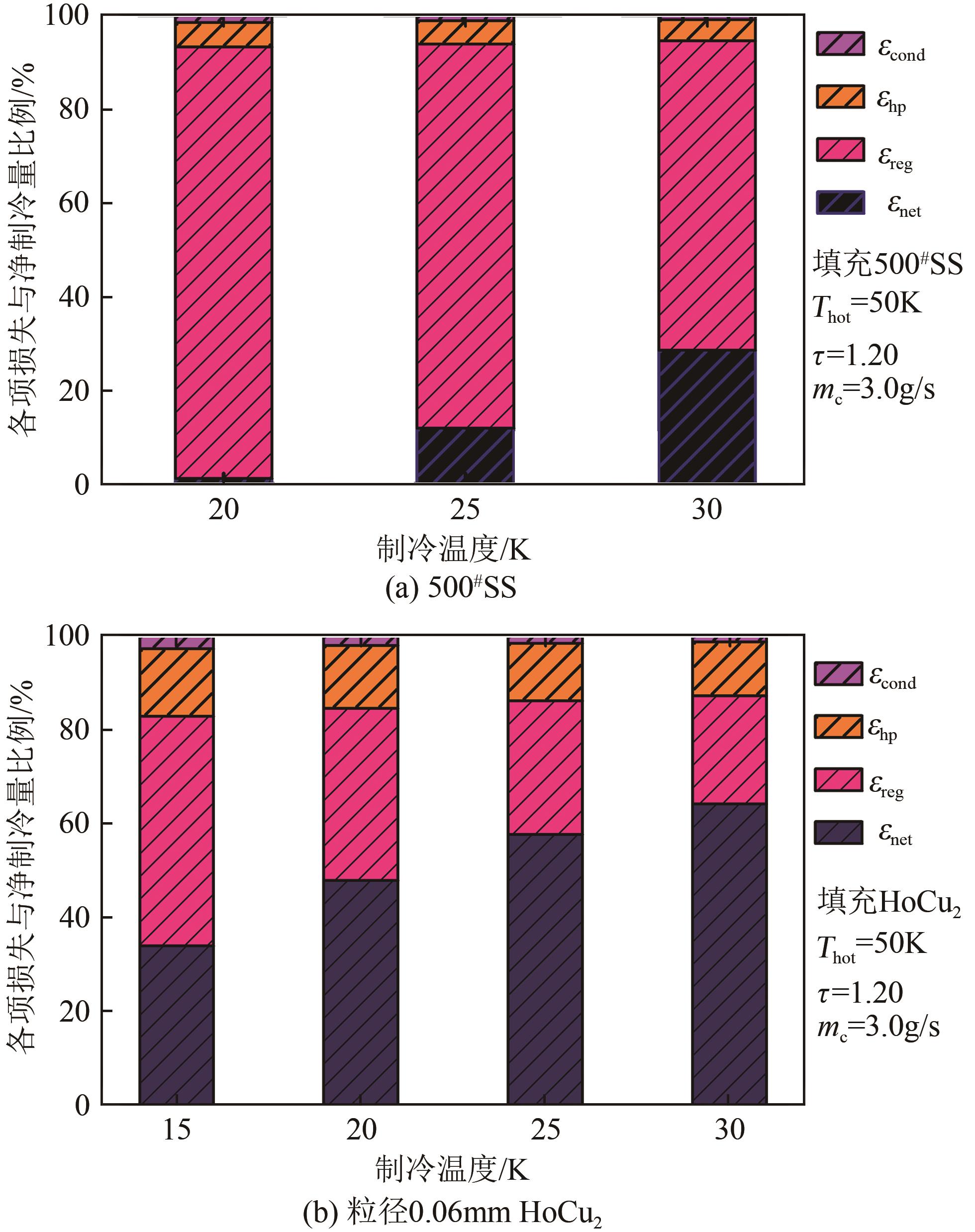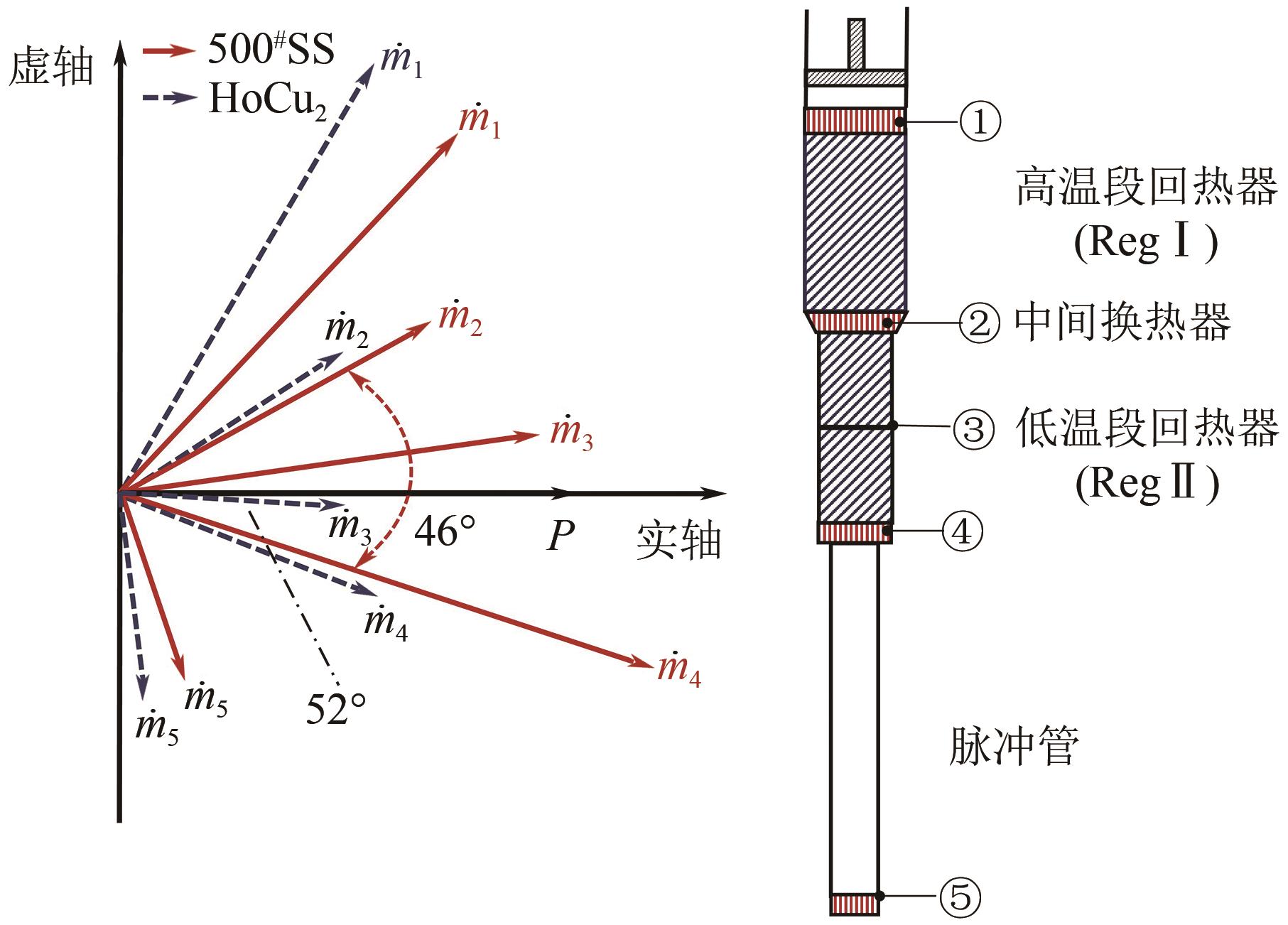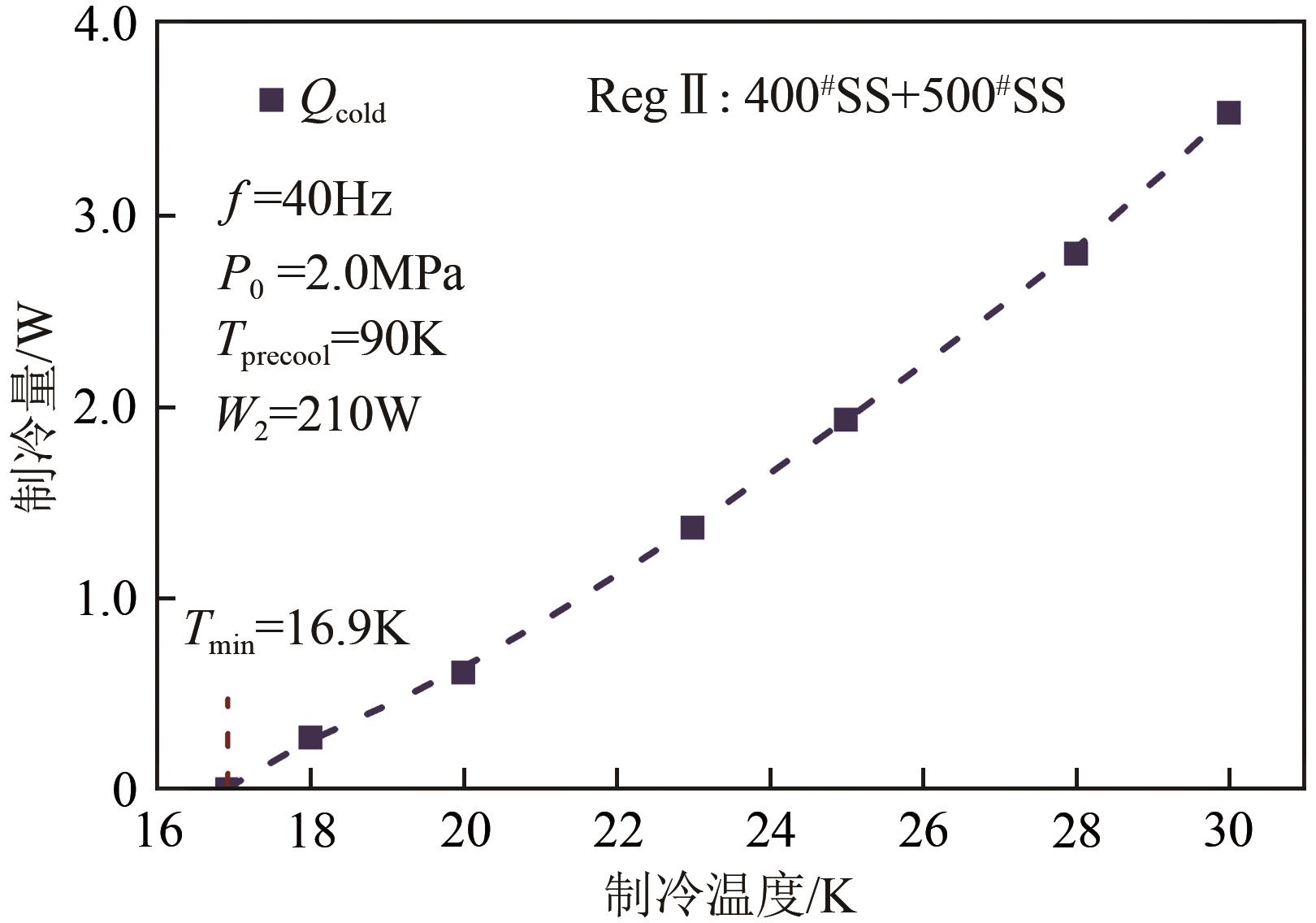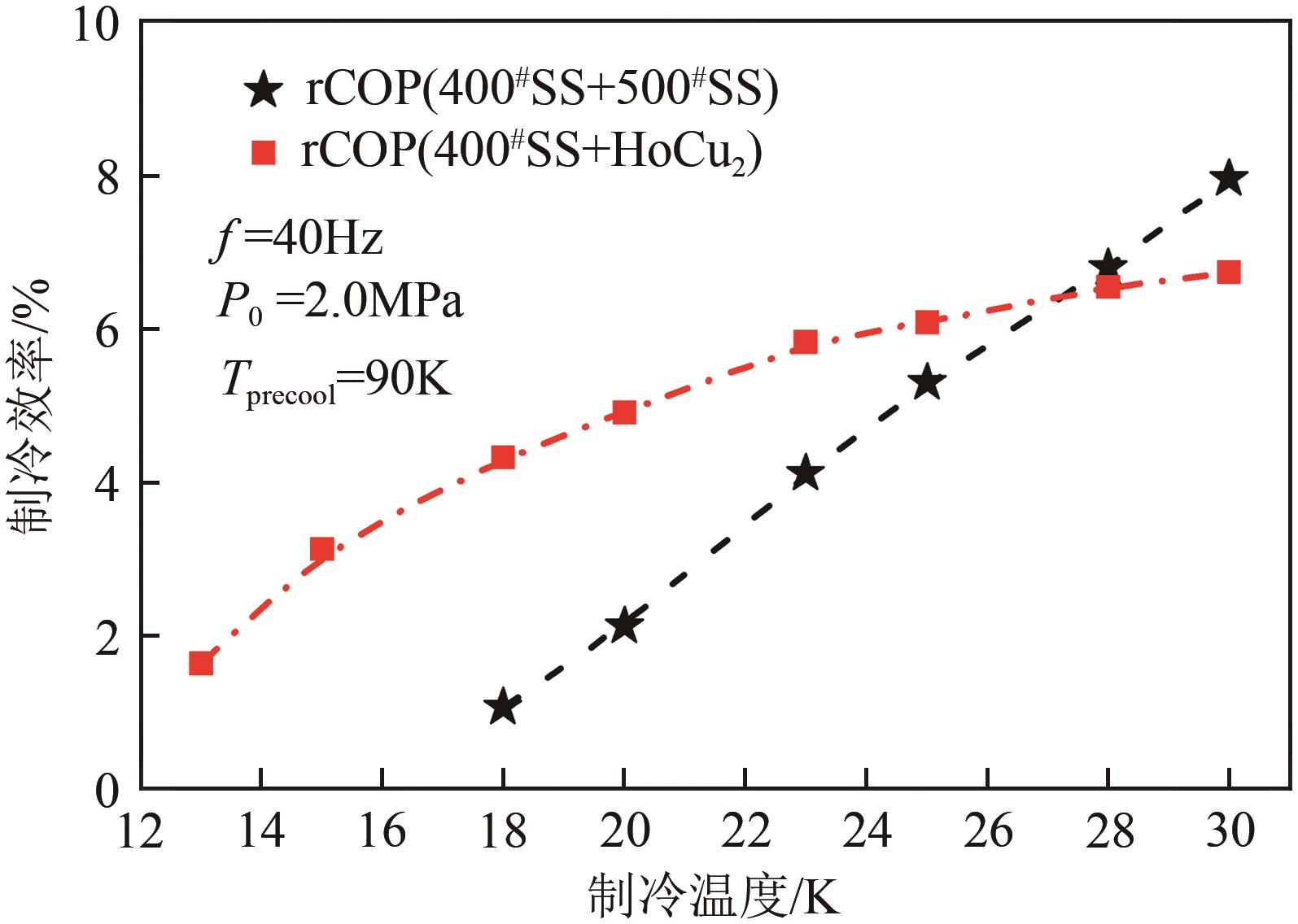| 1 |
COULTER D R, ROSS R G, BOYLE R F, et al. NASAadvanced cyrocooler technology development program[C]//Astronomical Telescopes and Instrumentation. Proc SPIE4850, IR Space Telescopes and Instruments, Waikoloa, Hawai'i, USA. 2003, 4850: 1020-1028.
|
| 2 |
REED J, PERKINSON M C, D’ARRIGO P, et al. 300mK and 50mK cooling systems for long-life space applications[J]. Cryogenics, 2008, 48(5/6): 181-188.
|
| 3 |
KOTSUBO V, RADEBAUGH R, HENDERSHOTT P, et al. Compact 2.2K cooling system for superconducting nanowire single photon detectors[J]. IEEE Transactions on Applied Superconductivity, 2017, 27(4): 1-5.
|
| 4 |
YOU Lixing. Miniaturizing superconducting nanowire single-photon detection systems[J]. Superconductor Science and Technology, 2018, 31(4): 040503.
|
| 5 |
甘智华, 王博, 刘东立, 等. 空间液氦温区机械式制冷技术发展现状及趋势[J]. 浙江大学学报(工学版), 2012, 46(12): 2160-2177.
|
|
GAN Zhihua, WANG Bo, LIU Dongli, et al. Status and development trends of space mechanical refrigeration system at liquid helium temperature[J]. Journal of Zhejiang University(Engineering Science), 2012, 46(12): 2160-2177.
|
| 6 |
PENNEC Y, BUTTERWORTH J, COLEIRO G, et al. Engineering model of a high power low temperature pulse tube cryocooler[C]//Proceedings of 19th International Cryocooler Conference. San Diego, California, USA: International Cryocooler Conference, Inc., 2016: 43-48.
|
| 7 |
NAST T, OLSON J, CHAMPAGNE P, et al. Overview of lockheed martin cryocoolers[J]. Cryogenics, 2006, 46(2/3): 164-168.
|
| 8 |
CHASSAING C, BUTTERWORTH J, AIGOUY G, et al. 15K pulse tube cooler for space missions cryocoolers[C]//Proceedings of 18th International Cryocooler Conference. Syracuse, New York, USA: International Cryocooler Conference, Inc., 2014: 27-32.
|
| 9 |
YAN Pengda, CHEN Guobang, DONG Jingjing, et al. 15K two-stage Stirling-type pulse-tube cryocooler[J]. Cryogenics, 2009, 49(2): 103-106.
|
| 10 |
LIU Sixue, CHEN Liubiao, WU Xianlin, et al. 10K high frequency pulse tube cryocooler with precooling[J]. Cryogenics, 2016, 77: 15-19.
|
| 11 |
ZHU Haifeng, JIANG Zhenhua, LIU Shaoshuai, et al. Comparison of three phase shifters for Stirling-type pulse tube cryocoolers operating below 30K[J]. International Journal of Refrigeration, 2018, 88: 413-419.
|
| 12 |
ZHU Shaowei, LIN Yuzhe. Fundament of input power distribution and phase shifter functions of a step displacer type two-stage pulse tube refrigerator[J]. International Journal of Refrigeration, 2020, 113: 31-37.
|
| 13 |
RADEBAUGH R, O’GALLAGHER A, GARY J. Regenerator behavior at 4K: effect of volume and porosity[J]. AIP Conference Proceedings, 2002, 613(1): 961-968.
|
| 14 |
BRADLEY P E, GERECHT E, RADEBAUGH R, et al. Development of a 4K stirling-type pulse tube cryocooler for a mobile terahertz detection system[J]. AIP Conference Proceedings, 2010, 1218(1): 1593-1600.
|
| 15 |
LI Zhuopei, JIANG Yanlong, GAN Zhihua, et al. Performance of a precooled 4K Stirling type high frequency pulse tube cryocooler with Gd2O2S[J]. Journal of Zhejiang University Science A, 2014, 15(7): 508-516.
|
| 16 |
ZHOU Qiang, CHEN Liubiao, ZHU Xiaoshuang, et al. Development of a high-frequency coaxial multi-bypass pulse tube refrigerator below 14K[J]. Cryogenics, 2015, 67: 28-30.
|
| 17 |
QUAN J, LIU Y J, LI X Y, et al. Influence of regenerator material on performance of a 6K high frequency pulse tube cryocooler[J]. IOP Conference Series: Materials Science and Engineering, 2017, 278: 012152.
|
| 18 |
PANG Xiaomin, WANG Xiaotao, DAI Wei, et al. Theoretical and experimental study of a gas-coupled two-stage pulse tube cooler with stepped warm displacer as the phase shifter[J]. Cryogenics, 2018, 92: 36-40.
|
| 19 |
MARTIN S, CHARLES I, DUVAL J M, et al. Performance improvement of the 15K pules tube cryocooler[C]//Proceedings of 20th International Cryocooler Conference. Burlington, VT, USA: International Cryocooler Conference, Inc., 2018: 7-16.
|
| 20 |
YANG L W, ZHAO M G, LIANG J T, et al. Investigation of two stage high frequency pulse tube cryocoolers[C]//Proceedings of 14th International Cryocooler Conference. Annapolis, Maryland, USA: International Cryocooler Conference, Inc., 2007: 177-186.
|
 ), 刘少帅1, 伍文婷1, 宋键镗1,2, 朱海峰1, 蒋珍华1,2, 吴亦农1(
), 刘少帅1, 伍文婷1, 宋键镗1,2, 朱海峰1, 蒋珍华1,2, 吴亦农1( )
)
 ), LIU Shaoshuai1, WU Wenting1, SONG Jiantang1,2, ZHU Haifeng1, JIANG Zhenhua1,2, WU Yinong1(
), LIU Shaoshuai1, WU Wenting1, SONG Jiantang1,2, ZHU Haifeng1, JIANG Zhenhua1,2, WU Yinong1( )
)
